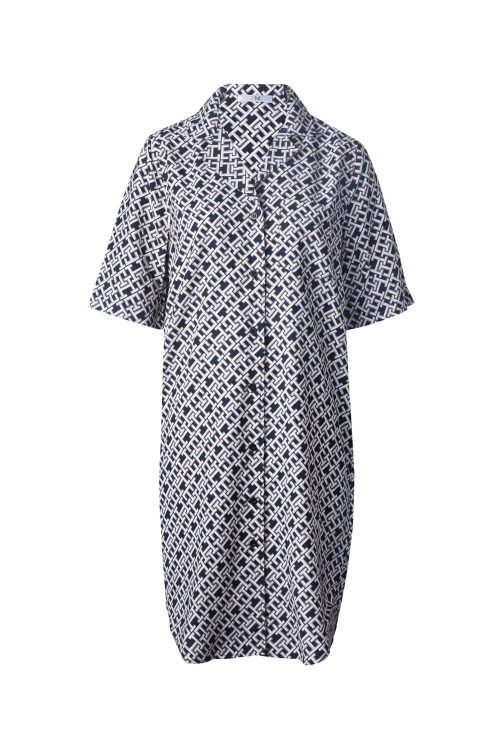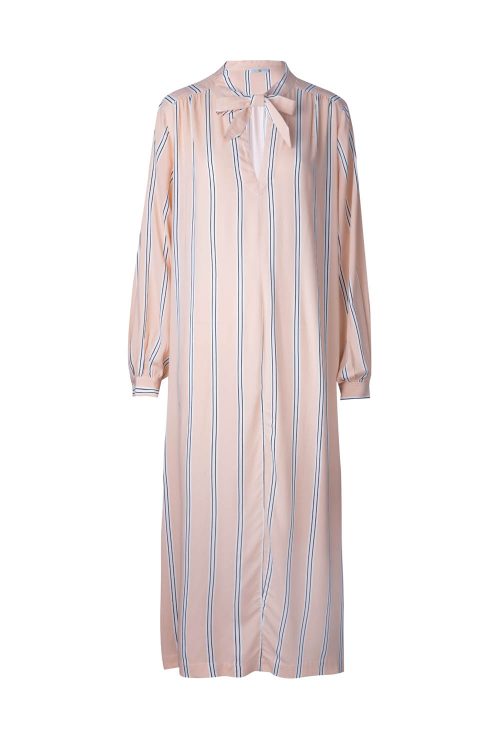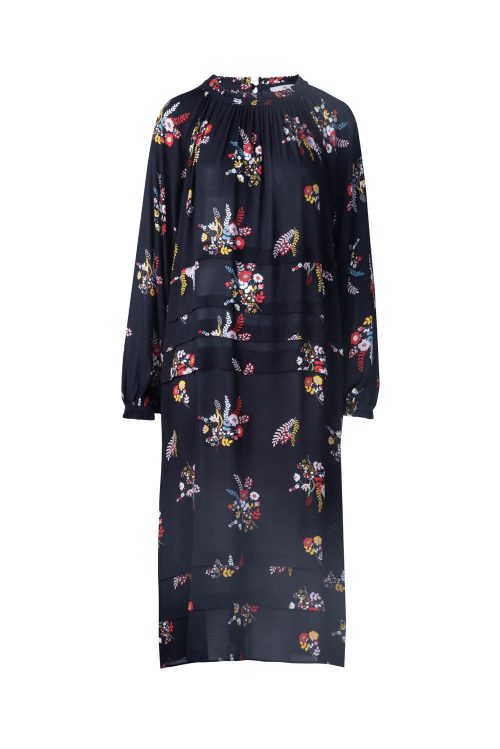
Introduction to OEM Clothing
Definition of OEM
Original Equipment Manufacturer (OEM) refers to companies that produce parts or equipment that may be marketed by another manufacturer. In the fashion industry, OEM refers to firms that manufacture clothing based on the designs and specifications provided by another company that will sell the finished product under their brand.
Importance of Safety in Clothing Production
Safety in clothing production is crucial, not only in terms of workplace safety but also in ensuring that the clothing items themselves do not pose risks to consumers. This involves the use of safe materials, compliance with regulatory standards, and ethical manufacturing practices.
Mod Sun’s Influence on Fashion
Who is Mod Sun?
Mod Sun, a musician and artist known for his vibrant and eclectic style, has significantly influenced various aspects of youth culture, including fashion. His approach to style, characterized by a disregard for conventional norms, inspires a unique blend of music and fashion.
Mod Sun’s Impact on Music and Fashion
Mod Sun’s fashion sense, much like his music, is bold and unapologetic, often blending colors, patterns, and textures in unexpected ways. This has made him a style icon for many young fans who admire both his artistry and his personal brand of fearless self-expression.
Characteristics of No Safety Lines
What Does “No Safety” Mean in Fashion?
In the context of fashion, “No Safety” can refer to designs that push the boundaries of conventional style, incorporating elements that are daring and sometimes controversial. This might include unconventional cuts, the use of non-traditional materials, or designs that challenge social norms.
Examples of No Safety Designs
Examples of “No Safety” designs might include extremely sheer materials, unconventional silhouettes, or clothing that incorporates hardware and accessories in unusual ways. These designs often make a statement, encouraging wearers to challenge societal expectations.
OEM Production Techniques
Techniques in Apparel Manufacturing
OEM manufacturers in the apparel industry employ various techniques to ensure efficiency and quality. This includes cutting-edge sewing and fabric manipulation techniques, as well as the use of automated systems for precision and speed.
Innovations in Safety and Design
OEM manufacturers are also innovating in how they incorporate safety into design. This includes the use of fire-retardant fabrics, improvements in structural design, and embedding wearable technology for enhanced user safety.
Consumer Safety and Compliance
Regulations for Apparel Safety
Clothing manufacturers must adhere to a variety of safety standards and regulations. These regulations ensure that clothing is free from harmful chemicals, has safe mechanical and physical properties, and is labeled correctly to inform consumers about care and risks.
How Brands Ensure Compliance
Brands ensure compliance through rigorous testing and quality control processes. This includes everything from the raw material stage to the final product, ensuring that all aspects of production meet the required safety standards.
Sustainability in Fashion
The Role of OEM in Sustainable Practices
OEMs can play a significant role in promoting sustainability in the fashion industry by adopting eco-friendly practices, such as using sustainable materials, minimizing waste, and employing energy-efficient manufacturing processes.
Challenges and Opportunities
While sustainability presents challenges such as cost and scalability, it also offers opportunities for innovation and market differentiation, particularly as consumers become more environmentally conscious.
Conclusion and Future Outlook
Future Trends in OEM Fashion
The future of OEM fashion likely involves a greater emphasis on both safety and sustainability. As consumers increasingly demand ethical and safe clothing, OEM manufacturers will need to continue innovating to meet these expectations.
The Growing Importance of Safety and Sustainability in Fashion
Safety and sustainability are becoming central themes in fashion, driving changes in how clothing is designed, manufactured, and marketed. This shift not only responds to consumer demands but also reflects a broader societal move towards more responsible and conscious consumption.




